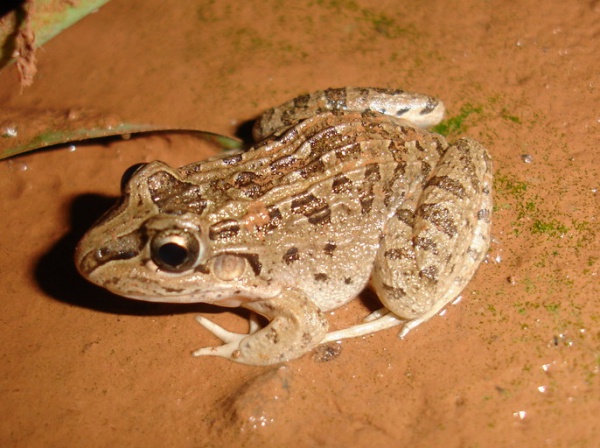Facts About Cei's White-lipped Frog
Meet Leptodactylus chaquensis: The Frog of the Gran Chaco
Leptodactylus chaquensis, a captivating species of frog in the Leptodactylidae family, inhabits northern Argentina, eastern Bolivia, Paraguay, northern Uruguay, and southern and western Brazil. The name "chaquensis" honors the Gran Chaco region in Argentina, where these frogs are frequently found. Although commonly referred to as Cei's white-lipped frog, this species lacks the light upper lip stripe typically seen in its genus.
Size and Appearance
Adult males of Leptodactylus chaquensis measure approximately 65-94 mm in length, while females are slightly larger, ranging from 69-98 mm. Unlike their relatives, they do not exhibit a light stripe on their upper lips. Instead, they boast distinctive skin folds along their backs and sides and have fringes on their toes. During mating season, males develop keratinized thumb spines and can produce three types of calls: growls, grunts, and trills.
Tadpoles and Habitat
At the Gosner stage 36, tadpoles of Leptodactylus chaquensis measure about 42 mm in length. These frogs prefer habitats near ponds and flooded areas, typically below 1,000 meters in elevation. They lay their eggs in large foam nests within shallow puddles and flooded regions.
Adaptability and Conservation
Leptodactylus chaquensis is highly adaptable and can thrive even in areas disturbed by human activity. In Argentina, they are occasionally collected for consumption, which can lead to local population declines. Fortunately, they inhabit various protected areas, aiding in their conservation.
So, next time you find yourself near a pond in their native regions, keep an eye out for these resilient frogs!

 Paraguay
Paraguay